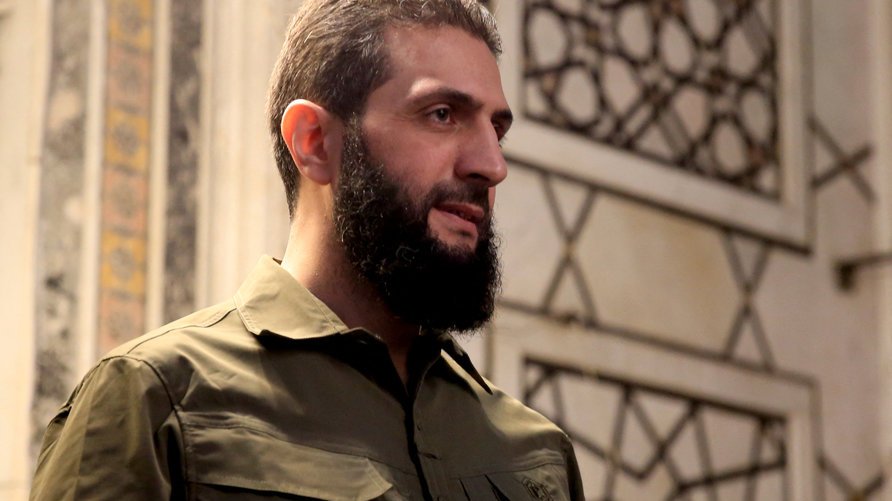The $10 Million Bounty on Al-Julani: Story and Recent Developments
On Friday, U.S. Assistant Secretary of State for Near Eastern Affairs Barbara Leaf announced that the United States has decided to cancel a $10 million bounty previously offered for information leading to the arrest of Ahmed Al-Sharaa, better known as Abu Mohammad Al-Julani, the leader of Hayat Tahrir al-Sham (HTS), which played a pivotal role in overthrowing President Bashar al-Assad’s regime.
This announcement came after a diplomatic visit by a delegation led by Leaf to Damascus, marking the first such visit by American diplomats since the fall of Assad’s government. Leaf emphasized that the decision reflects a new political context, highlighting a shift in U.S. priorities in Syria. She described the meeting with Al-Julani as “good” and focused on political transition in the country, alongside ensuring the eradication of terrorist threats.
The Story of the Bounty
Following the fall of Saddam Hussein’s regime in 2003, Al-Julani moved to Iraq and joined Al-Qaeda under Abu Musab al-Zarqawi. During this period, he was captured and imprisoned by U.S. forces for five years. With the onset of the Syrian revolution in 2011, Al-Julani was tasked by ISIS leadership in Iraq to establish a branch in Syria. He returned to form Jabhat al-Nusra, which later evolved into Hayat Tahrir al-Sham.
In 2013, as the Syrian conflict escalated, the U.S. listed Al-Julani as a Specially Designated Global Terrorist. At that time, his group, Jabhat al-Nusra, was considered Al-Qaeda’s Syrian franchise, responsible for numerous suicide attacks and military campaigns that killed thousands of civilians, according to U.S. State Department reports.
Strategic analysis from Stratfor in 2013 identified Al-Julani as a key figure in Al-Qaeda’s regional ambitions. Washington’s decision to offer the bounty was based on his significant role in expanding Jabhat al-Nusra, where he boasted in interviews of growing the organization from a few men to thousands within months.
In 2016
Al-Julani announced the separation of Jabhat al-Nusra from Al-Qaeda, renaming it Jabhat Fatah al-Sham, later transforming into Hayat Tahrir al-Sham. This move was seen as an attempt to
present the group as an independent Syrian entity focused on liberating the country from Assad’s
regime, distancing itself from Al-Qaeda’s global agenda. However, the U.S. State Department
described this rebranding as a “tactical maneuver” aimed at improving Al-Julani’s image
internationally, as reported by The New York Times in 2016.
In 2017
The U.S. placed a $10 million bounty on Al-Julani within the broader strategy to combat terrorism
in the Middle East amid the rise of cross-border extremist groups.
With the decline of ISIS and the collapse of its strongholds, HTS emerged as the strongest armed
faction in northwest Syria. Al-Julani established the “Salvation Government” to administer Idlib,
attempting to gain local and international support. Despite this, the U.S. continued to classify him
as a terrorist, asserting he remained a threat to regional peace.
In a 2021 TV interview on PBS’s “Frontline
” Al-Julani denied involvement in operations outside Syria and claimed his terrorist designation was “unjust,” though this did not change U.S. policy.
The U.S. decision to cancel the bounty on Al-Julani signifies a shift in approach amidst new political and security dynamics in Syria. This meeting might be part of Washington’s broader strategy to recalibrate power balances in the region, leveraging Al-Julani’s influence in Idlib to redraw the map of shared interests.
This article explores the journey of Abu Mohammad Al-Julani from a terrorist leader to a key player in Syrian politics, reflecting on how international perceptions and policies adapt to evolving regional dynamics.
What are the options for Ankara, Damascus, and Washington in dealing with the “SDF”?




